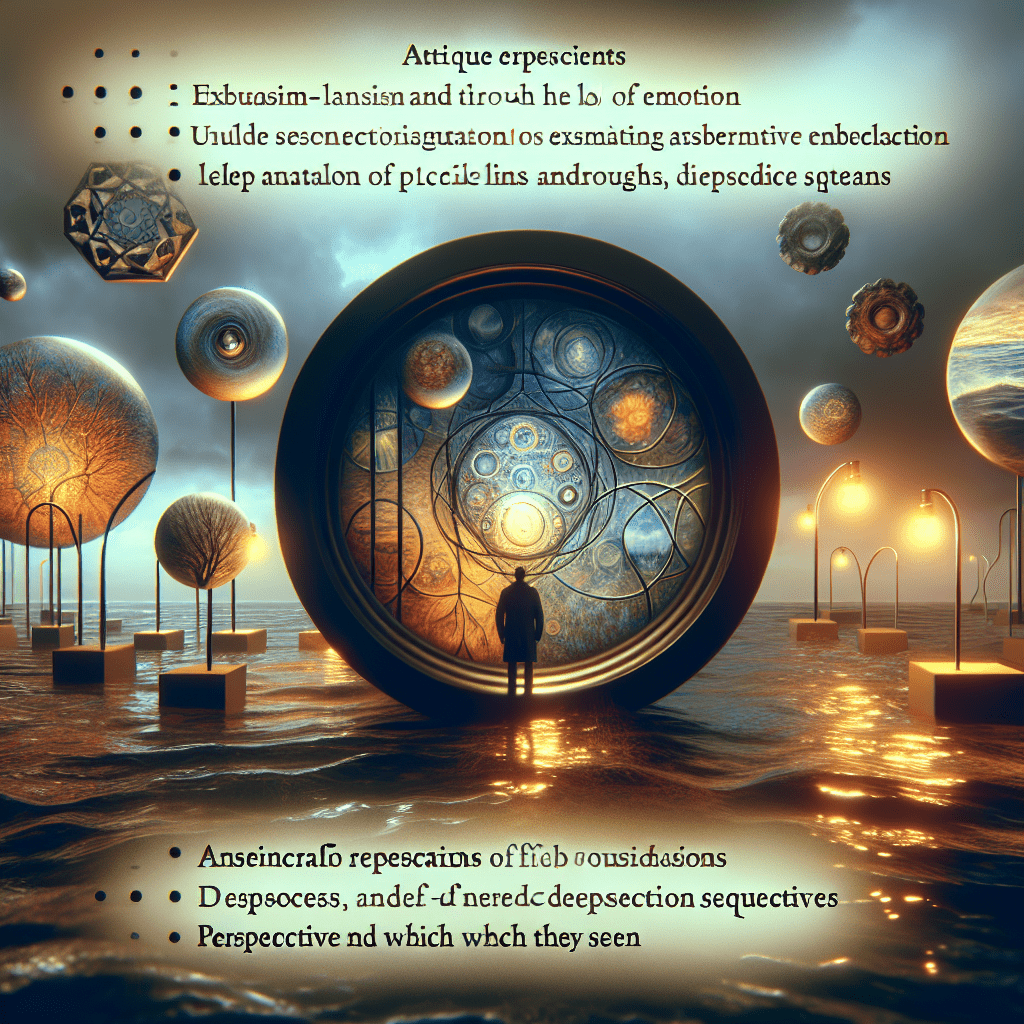Introduction Imagine for a moment you’re watching a movie, and as a particularly emotional scene unfolds, you start to feel those telltale tears welling up in your eyes. Ever wonder why this happens? It’s because our eyes are not only windows to the world but also windows to our emotions. They react to what we […]
Tag: Neuropsychiatric disorders
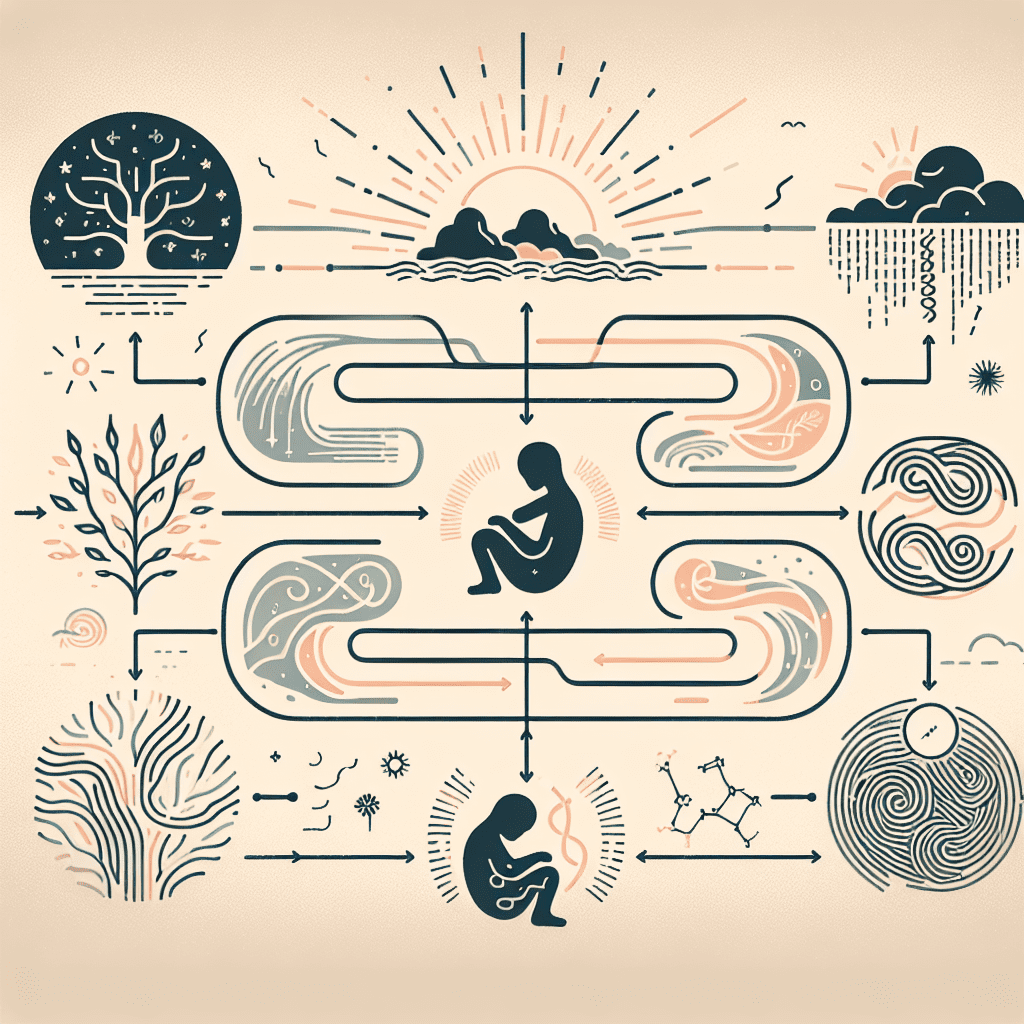
The Stressful Journey from Womb to World: How Maternal Stress Influences Birth Outcomes
Introduction Imagine the overwhelming joy of discovering a new life is growing within you, coupled with the whirlwind of emotions that follow. Pregnancy is a profound chapter in a woman’s life, marked by excitement, anticipation, and sometimes, stress. Although feeling stressed is a common feature of modern life, its impact during pregnancy sparks a captivating […]

The Unseen Currents: Decoding Japan’s Love Affair with Alternative Medicine
— Introduction Have you ever wondered why some people, despite having access to modern medicine, still seek alternative healing methods like acupuncture or herbal teas? This curiosity leads us to Japan, a country where complementary and alternative medicine (CAM) is embraced by a significant part of the population. A recent research paper, intriguingly titled ‘Social […]

Exploring the Invisible Link: The Gut-Brain Connection in ADHD**
Introduction: Journey into the Unseen World of the Gut Imagine a bustling city inside your body—vibrant, full of life, and with a direct line to your brain. This ‘city’ is none other than your gut microbiome, a complex community of microorganisms living in your digestive tract, quietly influencing everything from your digestion to your brain […]
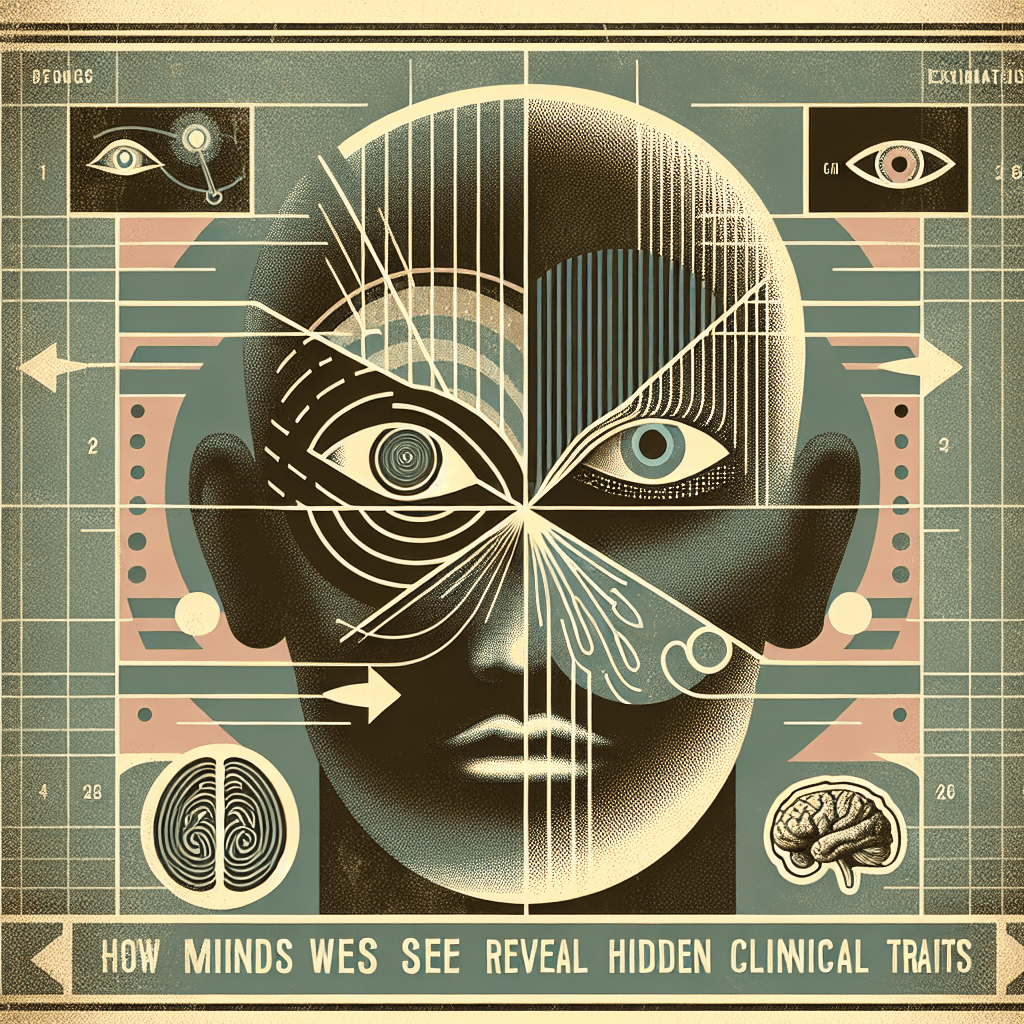
The Minds We See: How Gaze Patterns Reveal Hidden Clinical Traits
Introduction Imagine the way you explore a crowded room with your eyes. Do you dart from one face to another, linger on artwork, or glance outside? It turns out, the patterns of your gaze may tell a richer story about your mind than you might expect. Dive into the fascinating findings of the research paper, […]
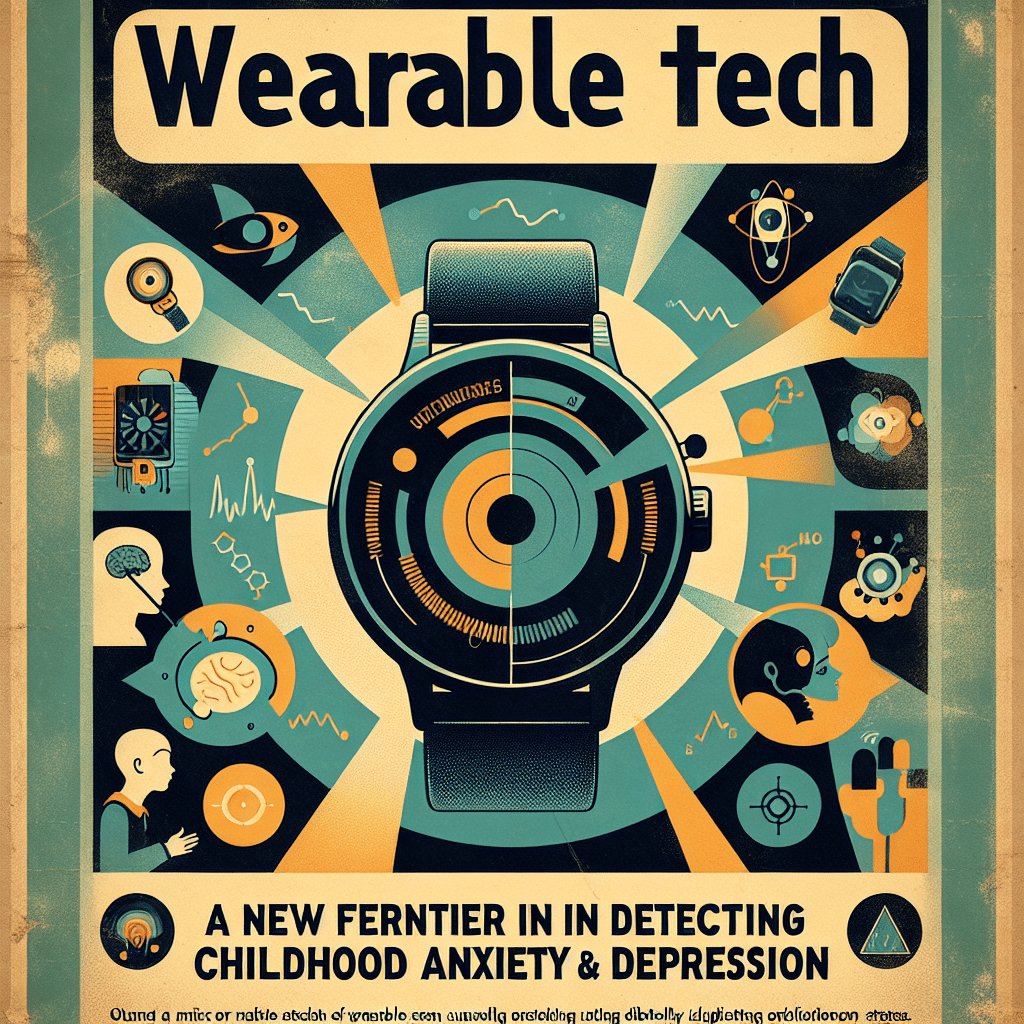
Wearable Tech: A New Frontier in Detecting Childhood Anxiety and Depression
— Introduction: Decoding Childhood Emotions In the hustle and bustle of our daily lives, it’s easy to overlook subtle signs of distress in children. While these young ones might not have the words to express their inner turmoil, their bodies can tell a different story—a story that is now being unraveled with the help of […]

Bridging Brains: A New Horizon in Diagnosing ADHD and Autism
— Introduction: A New Lens on Childhood Minds Imagine getting the right diagnosis for ADHD or Autism, not through long-winded consults and subjective checklists but with the clarity of a digital image. We live in an era where technology is transforming everything from the way we socialize to the way we diagnose complex neurodevelopmental disorders. […]

Unveiling the Emotional Bridges Between Mothers and Children: How Maternal Well-being Shapes Childhood Behaviors
Introduction: The Silent Emotional Tango Imagine a world where every moment of joy, sorrow, or worry leaves an invisible mark on the tapestry of human connections. This intricate dance of emotions unfolds most beautifully between a mother and her child, weaving patterns that impact life trajectories in profound, often unforeseen, ways. Maternal mental health during […]

Navigating the Social Landscape: How Autistic Traits and Social Anxiety Shape Our Interactions
Introduction: A Glimpse Into Our Social World Imagine you’re at a bustling party. Around you, clusters of animated conversations punctuate the air, leaving you in a bewildering sea of social cues and emotions. For many, navigating this social landscape is seamless — a dance of expressions and feelings understood without thought. But what happens in […]
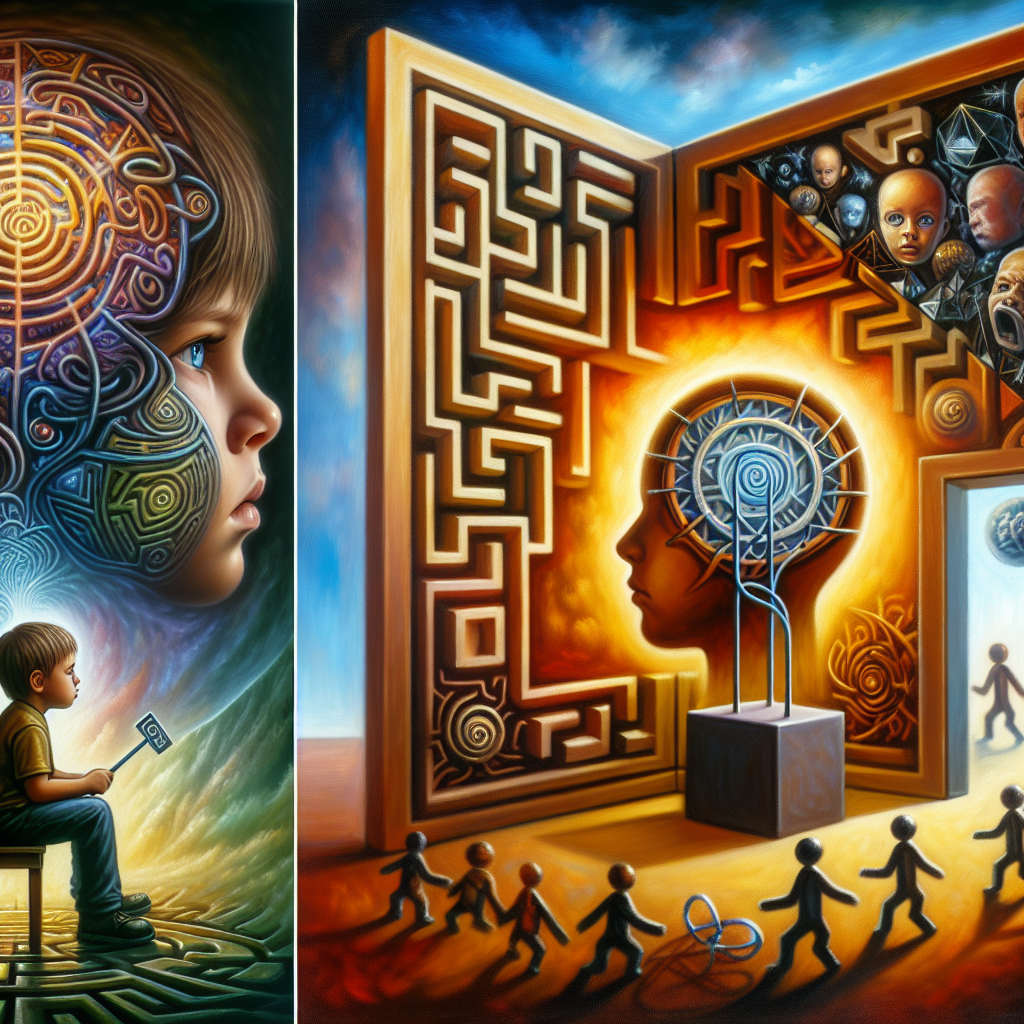
Unraveling the Mind’s Boundaries: Childhood Behavioral Inhibition and Its Impact on Adolescent Mentalizing
Introduction: The Ties That Bind Our Inner Worlds Think back to your childhood days. Remember those classmates who were painfully shy, the ones who hovered on the edges of social circles, hesitant to join in the play. These children, often described as “behaviorally inhibited,” are more common than one might think, and their tentative approach […]
